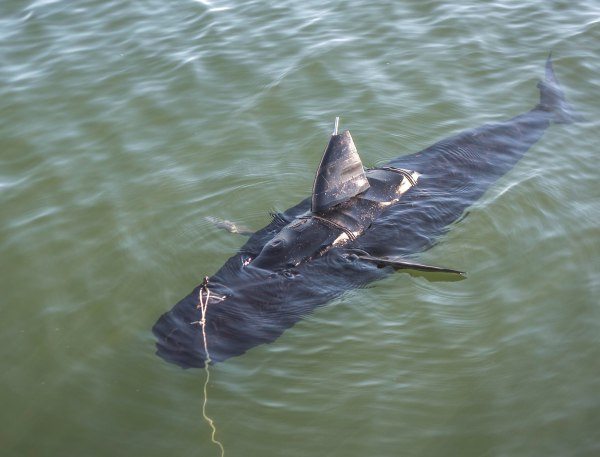Sales of arms and military services by the largest arms-producing companies—the SIPRI Top 100—totalled $402 billion in 2013 according to new data on international arms production launched today by SIPRI.
This is the third consecutive year of decline in the total arms sales of the 100 largest arms producers and military services providers. With a decrease in sales of 2 per cent in real terms compared to 3.9 per cent in 2012, the pace of the decline has slowed slightly. This is partly attributable to significant increases in arms sales by Russian companies and other emerging suppliers.
Sales by companies headquartered in the United States and Canada have continued to moderately decrease, while sales by Russian-based companies increased by 20 per cent in 2013. Western Europe offered a more mixed picture, with French companies increasing their sales, sales by British companies remaining stable, and Italian and Spanish arms-producing companies’ sales continuing to decline.
‘The share of global arms sales for companies outside North America and Western Europe has been increasing since 2005,’ says Dr Aude Fleurant, Director of SIPRI’s Arms and Military Expenditure Programme. ‘For 2013, at 15.5 per cent of Top 100 arms sales, this share is at its highest point in the history of the SIPRI Top 100, which does not include China-based companies due to a lack of reliable data.’
Russian arms-producing companies’ growth remains high
The Russian company with the largest increase in sales in 2013 is Tactical Missiles Corporation, with a growth of 118 per cent, followed by Almaz-Antey (34 per cent) and United Aircraft Corporation (20 per cent). Almaz-Antey’s arms sales in 2013 make it the 12th-largest arms producer (excluding China) and bring it closer to the top 10, which has been exclusively populated by arms producers from the USA or Western Europe since the end of the cold war.
2013 also saw the introduction of a 10th Russian arms company, communication and electronics manufacturer Sozvezdie, to the SIPRI Top 100.
‘The remarkable increases in Russian companies’ arms sales in both 2012 and 2013 are in large part due to uninterrupted investments in military procurement by the Russian Government during the 2000s. These investments are explicitly intended to modernize national production capabilities and weapons in order to bring them on par with major US and Western European arms producers’ capabilities and technologies,’ says Siemon Wezeman, Senior Researcher with the SIPRI Arms and Military Expenditure Programme.
US Budget Control Act has not yet affected US-based producers
Starting in 2011, the combination of limits on US defence spending imposed by the 2011 Budget Control Act and the withdrawal of military forces from Afghanistan and Iraq triggered a gradual decline in US arms companies’ sales. The trend continued in 2013 with a decrease of 4.5 per cent in the total estimated arms sales of US companies ranked in the SIPRI Top 100 compared with sales in 2012. The number of US producers in the Top 100 also reduced from 42 companies in 2011 to 38 in 2013.
‘This is a consequence of US companies divesting portfolio activities facing substantial decreases, specifically those relying on demand for equipment and services related to major operations overseas,’ says Dr Fleurant.
Emerging producers from the Global South increase sales
SIPRI has created a new category for emerging suppliers ranked in the SIPRI Top 100 for 2013 in order to better track their evolution. This new category covers arms-producing companies located in the Global South, including Brazil, India, the Republic of Korea (ROK, South Korea), Singapore and Turkey.
Collectively, emerging suppliers’ arms sales represent a modest share of the Top 100 global sales (around 3.6 per cent). However, the growth in 2013 of some suppliers has been impressive. For example, sales by South Korea’s Korean Aerospace Industries grew by 31 per cent in 2013, while Brazil’s Embraer and Turkey’s Aselsan continue to increase their respective positions in the Top 100 following their first appearance in the 2011 rankings.
‘These trends underline the modest yet continuing relative erosion of the domination of the US and Western European producers,’ says Dr Fleurant.
Full Report:
[download id=”61144″]










